European leaders push for ceasefire ahead of any peace deal
President Donald Trump told President Volodymyr Zelenskiy on Monday that the United States would help guarantee Ukraine’s security in any deal to end Russia’s war there, though the extent of any assistance was not immediately clear.
Trump made the pledge during an extraordinary summit at the White House, where he hosted Zelenskiy and a group of European allies following his meeting on Friday in Alaska with Russian President Vladimir Putin.
“When it comes to security, there’s going to be a lot of help,” Trump told reporters, adding that European countries would be involved. “They are a first line of defence because they’re there, but we’ll help them out.”
Zelenskiy hailed the promise as “a major step forward,” adding that the guarantees would be “formalized on paper within the next week to 10 days” and saying Ukraine offered to buy about $90 billion worth of U.S. weapons.
The tone on Monday was much warmer than a disastrous Oval Office meeting that saw Trump and Vice President JD Vance publicly criticize the Ukrainian leader in February.
But a peace deal still appeared far from imminent.
Just before the talks began, Russia’s Foreign Ministry ruled out the deployment of troops from NATO countries to help secure a peace deal, adding complications to Trump’s offer.
Zelenskiy’s press conference after summit
N MEETING WITH TRUMP AND EUROPEAN LEADERS:
“I would like to thank President Trump for this meeting. It was the best of our meetings – and that is important. In addition to the fact that we discussed many issues, it was a long and detailed conversation.
“Today was an important step — a demonstration of true unity between Europe and the United States. The leaders personally came to support Ukraine and to discuss everything that brings us closer to real peace and a reliable security architecture that will protect Ukraine and all of Europe.”
ON DISCUSSION OF UKRAINE’S TERRITORY:
“The issue of territory – I had a long conversation about it with a map of Ukraine.
“I was even able to show many things on the map to all of our American colleagues … I even debated a bit about the percentages shown on the map, because I know very well the actual percentages of temporarily occupied territories. But nevertheless, it wasn’t an argument – it was truly a warm, good, substantive conversation.
“It seems to me that the president heard me (regarding the territories).
“The question of territories is something we will leave between me and Putin.”
ON SECURITY GUARANTEES:
“We talked about security guarantees. This is the key issue – the starting point for ending the war.
“It is important that the United States of America is sending a clear signal that they will be among the countries that will help, coordinate, and also participate in providing security guarantees. I believe this is a major step forward. I can’t yet say how everything will unfold, all the details, but it’s already important that there is political will and political decisions.
“Security guarantees will probably be ‘unpacked’ by our partners, and more and more details will emerge. All of this will somehow be formalised on paper within the next week to 10 days.
“(A part of security guarantees) is the weapons package — a package of American weapons that we currently don’t have. This includes, above all, aircraft, air defence systems, and so on.
“There indeed is a package with our (Ukrainian) proposals worth $90 billion.
“And we have agreements with the U.S. president that when our export opens, they will buy Ukrainian drones. This is important for us.”
WHAT’S NEXT, POSSIBLE MEETINGS WITH RUSSIA:
“After our joint meeting and coordination on how we will work on security guarantees, the president of the United States contacted the Russian side, and they discussed what kind of diplomatic assurances might be possible. Russia proposed first a bilateral meeting between Ukraine and Russia, and then a trilateral one.
“We are ready for any formats at the level of leaders, because only at the level of leaders can all these complex and painful issues be resolved, the most important and the most painful for us. I confirmed — and all European leaders supported me — that we are ready for a bilateral meeting with Putin. And after that, I expect a trilateral meeting but that all will depend on how the bilateral meeting goes.”
Both Trump and Zelenskiy said they hoped Monday’s gathering would eventually lead to three-way talks with Putin, whose forces have been slowly grinding forward in eastern Ukraine.
In a social media post late on Monday, Trump said he had called the Russian leader and begun arranging a meeting between Putin and Zelenskiy, to be followed by a trilateral summit among the three presidents.
Trump told European leaders that Putin suggested that sequence, according to a source in the European delegation.
While the Kremlin has not publicly announced its agreement, a senior U.S. administration official said the Putin-Zelenskiy meeting could take place in Hungary. The pair will meet within the next two weeks, according to German Chancellor Friedrich Merz.
The last direct talks between Russia and Ukraine took place in Turkey in June. Putin declined Zelenskiy’s public invitation to meet him face-to-face there and sent a low-level delegation instead.
CEASEFIRE?
Kremlin aide Yuri Ushakov said in audio remarks on Telegram on Monday that Trump and Putin had discussed “the possibility of raising the level of representatives from the Ukrainian and Russian sides … participating in the mentioned direct negotiations.”
Meanwhile, European leaders – who rushed to Washington to back up Zelenskiy – urged Trump to insist that Putin agree to a ceasefire in the 3-1/2-year-old war before any talks can advance.
Trump previously backed that proposal but reversed course after meeting with Putin on Friday, instead adopting Moscow’s position that any peace agreement be comprehensive.
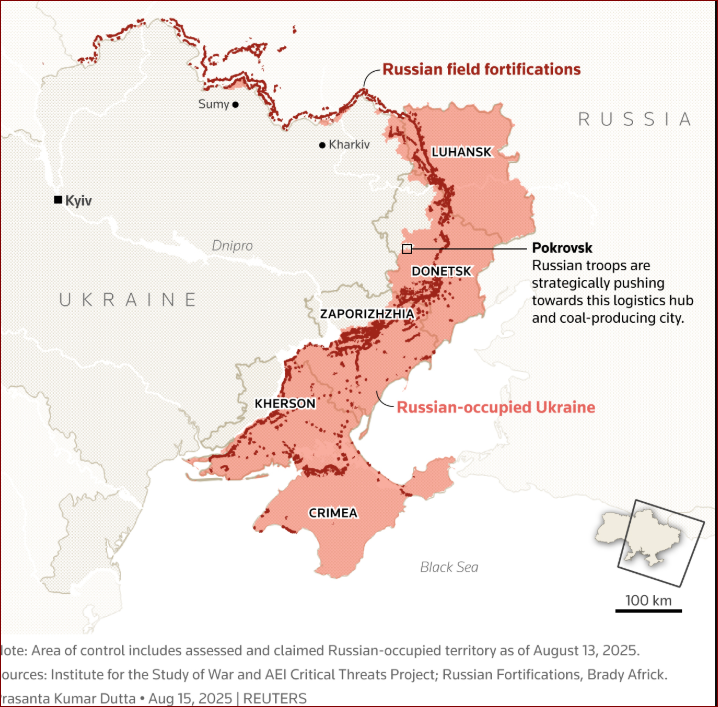
Trump told reporters in the Oval Office that he liked the concept of a ceasefire but the two sides could work on a peace deal while the fighting continued.
“I wish they could stop, I’d like them to stop,” he said. “But strategically that could be a disadvantage for one side or the other.”
Merz and French President Emmanuel Macron voiced support for a ceasefire as a prerequisite to any direct talks with Russia. Macron also said European leaders would eventually need to be included in any peace talks.
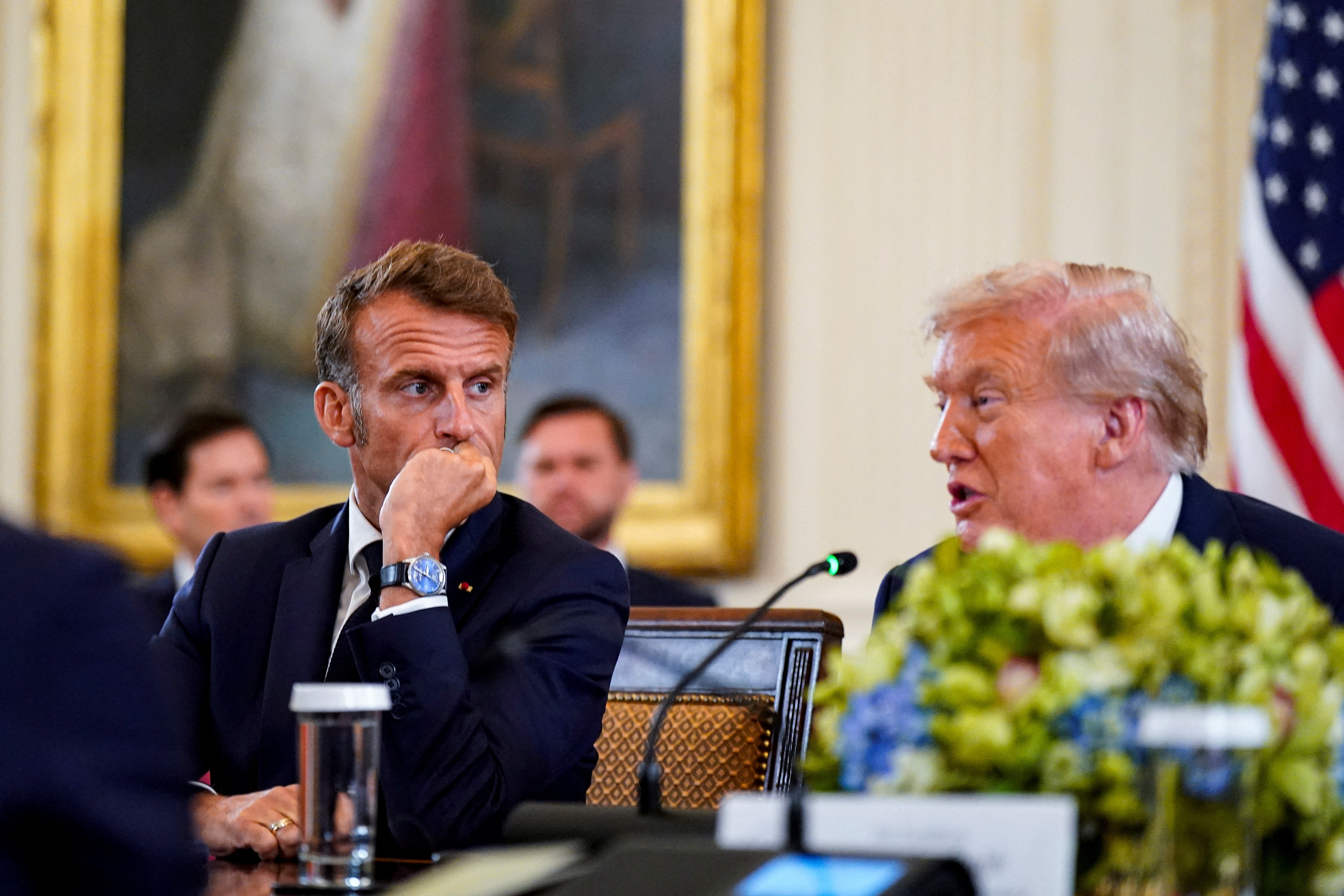
“When we speak about security guarantees, we speak about the whole security of the European continent,” he told Trump.
Trump and Zelenskiy spoke in private before joining the contingent of European leaders including heads of Britain, Germany, France, Italy, Finland, the European Union and NATO for more than two hours of multilateral talks.
FRIENDLY TONE AFTER FEBRUARY DISASTER
Zelenskiy navigated Monday’s meeting more successfully than his Oval Office encounter in February, which ended abruptly when Trump and Vance publicly upbraided him for not being grateful enough. In his opening remarks to the media on Monday, Zelenskiy repeated his thanks at least eight times.
Zelenskiy also had reinforcements this time. The European leaders traveled to Washington to demonstrate solidarity with Kyiv and push for strong security guarantees for the country in any post-war settlement.
Trump greeted Zelenskiy warmly upon his arrival outside the White House, expressing admiration for his black suit, a departure from the Ukrainian leader’s typical military clothes which media reports said irritated Trump in February.
When a reporter asked Trump what his message was to the people of Ukraine, he said, “We love them.” Zelenskiy thanked him, and Trump put his hand on Zelenskiy’s back in a show of affection before the two men went inside to the Oval Office.
TRUMP UPS PRESSURE
Trump has pressed for a quick end to Europe’s deadliest war in 80 years, and Kyiv and its allies worry he could seek to force an agreement on Russia’s terms after the president on Friday rolled out the red carpet – literally – for Putin, who faces war crimes charges from the International Criminal Court. Putin denies those allegations.
Russia says it is engaged in a “special military operation” in Ukraine to protect its national security, claiming NATO’s eastward expansion and Western military support for Ukraine pose existential threats. Kyiv and its Western allies say the invasion is an imperial-style land grab.
Trump has rejected claims that the Alaska summit was a win for Putin, who has faced diplomatic isolation since Russia’s invasion of Ukraine in 2022.
Both sides must compromise, according to Trump’s team.
But the president has put the burden on Zelenskiy, saying Ukraine should give up hopes of regaining Crimea, annexed by Russia in 2014, or of joining NATO.
NATO Secretary General Mark Rutte said NATO membership for Ukraine was not under discussion but that there was a discussion on “Article 5”-type security guarantees for the country.
Article 5 of NATO’s founding treaty enshrines the principle of collective defense, in which an attack on any of its 32 members is considered an attack on all. Joining the Atlantic alliance is a strategic objective for Kyiv that is enshrined in the country’s constitution.
Rutte’s comments noted that a security guarantee of that scale could be offered to Ukraine in lieu of NATO membership.
Zelenskiy has already all but rejected the outline of Putin’s proposals from the Alaska meeting. Those included handing over the remaining quarter of its eastern Donetsk region, which is largely controlled by Russia.
Any concession of Ukrainian territory would have to be approved by a referendum.
The war has killed or wounded more than a million people from both sides, including thousands of mostly Ukrainian civilians, according to analysts, and destroyed wide swaths of the country.

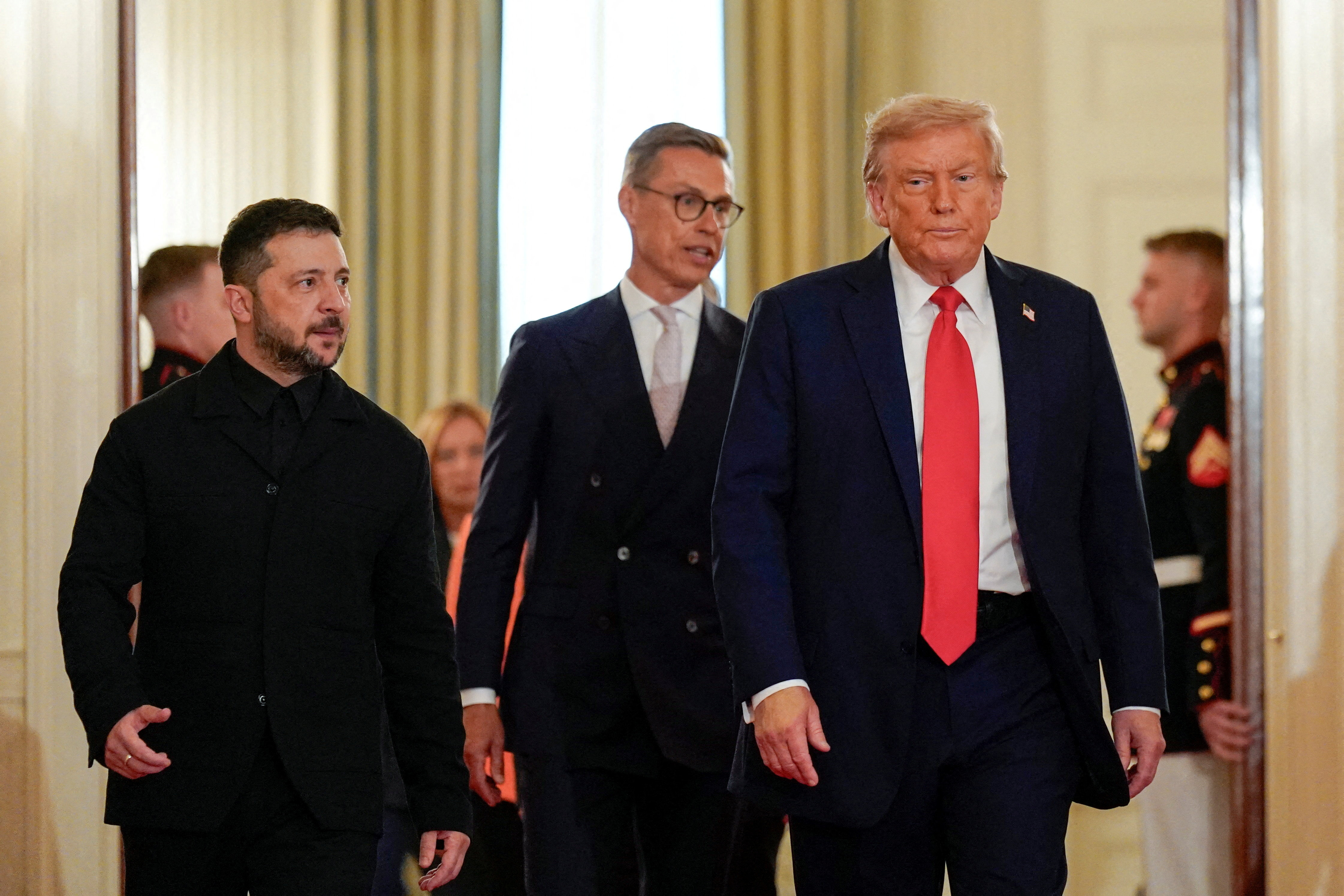
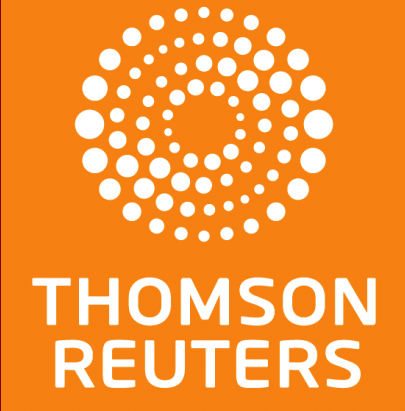
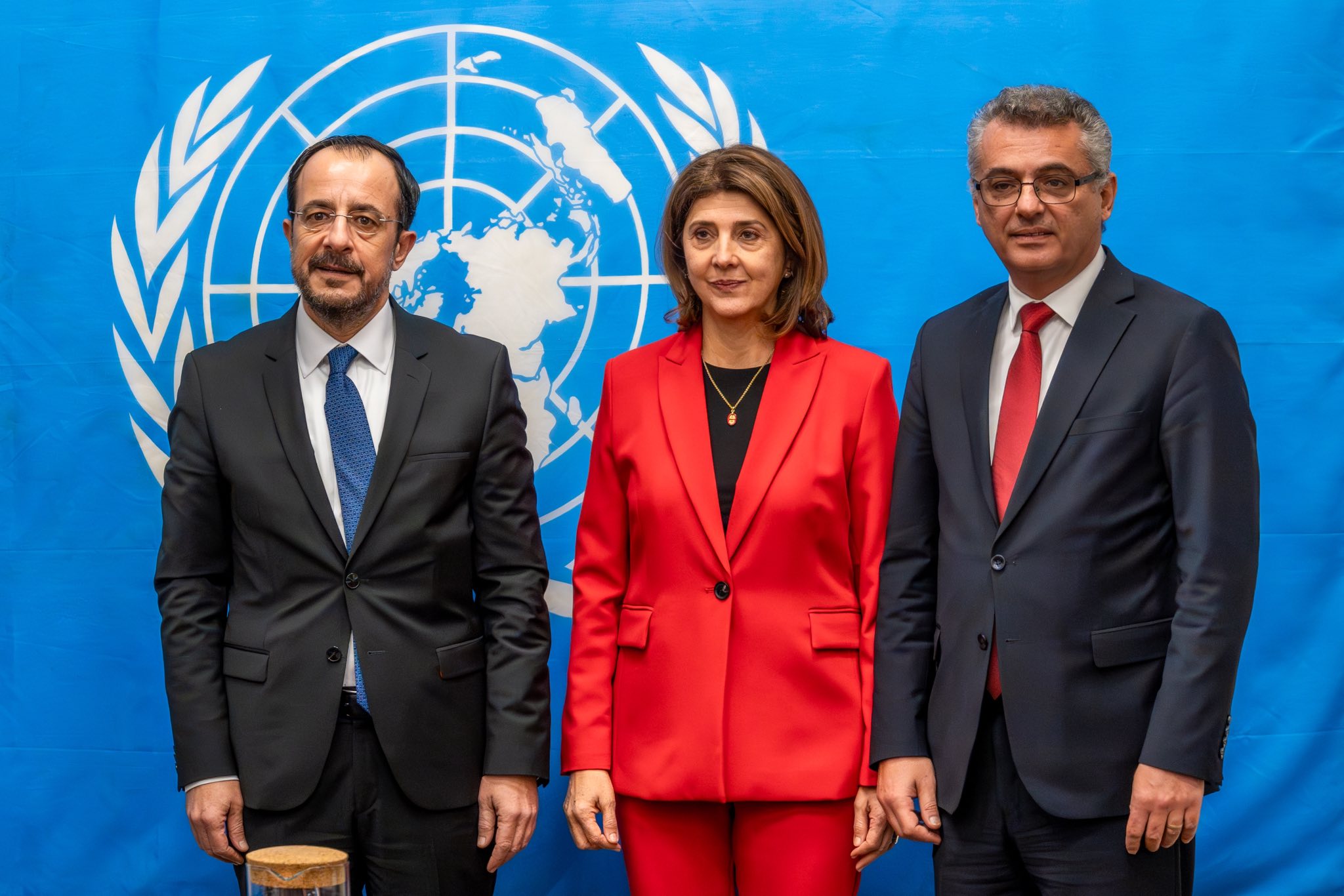

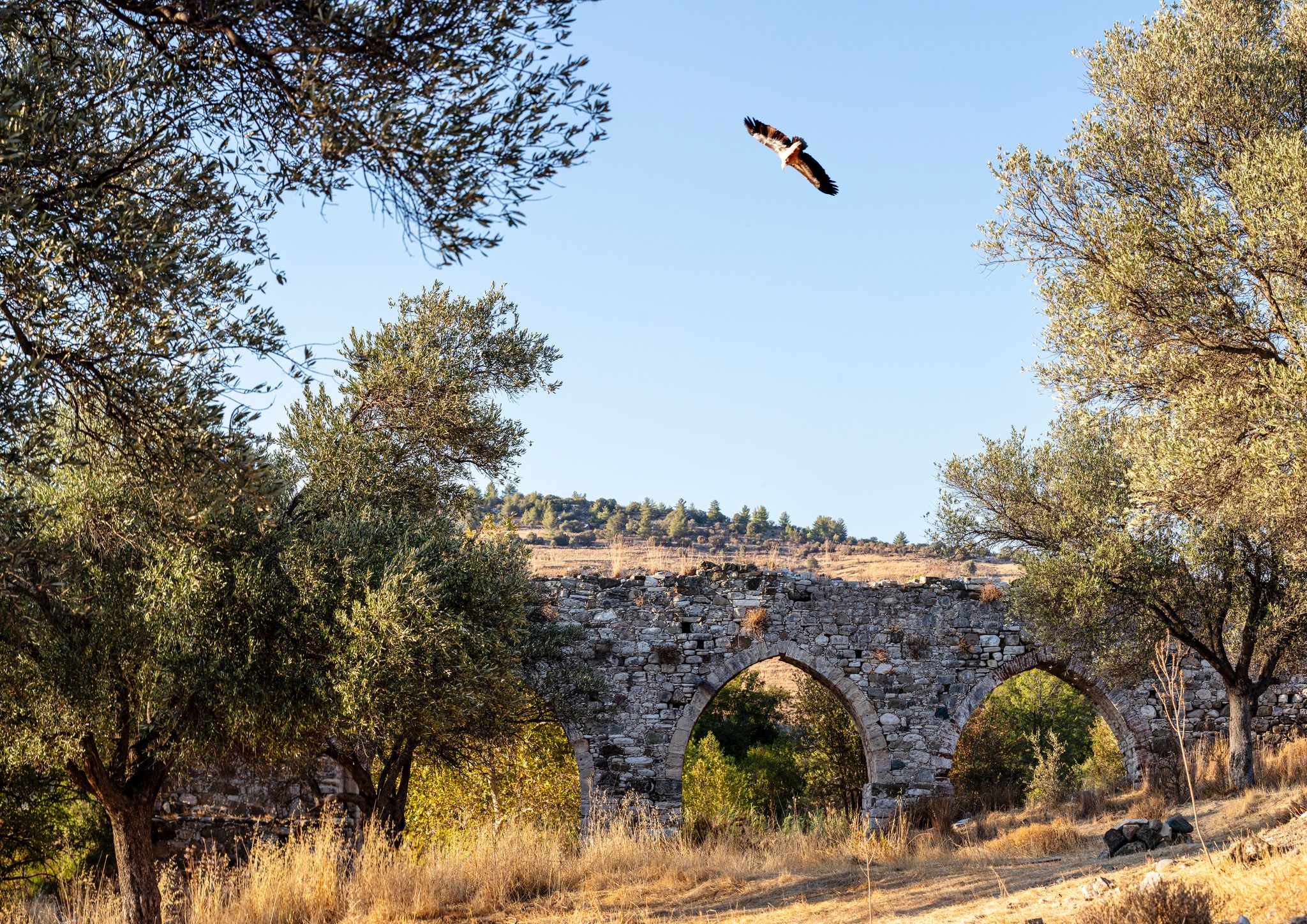
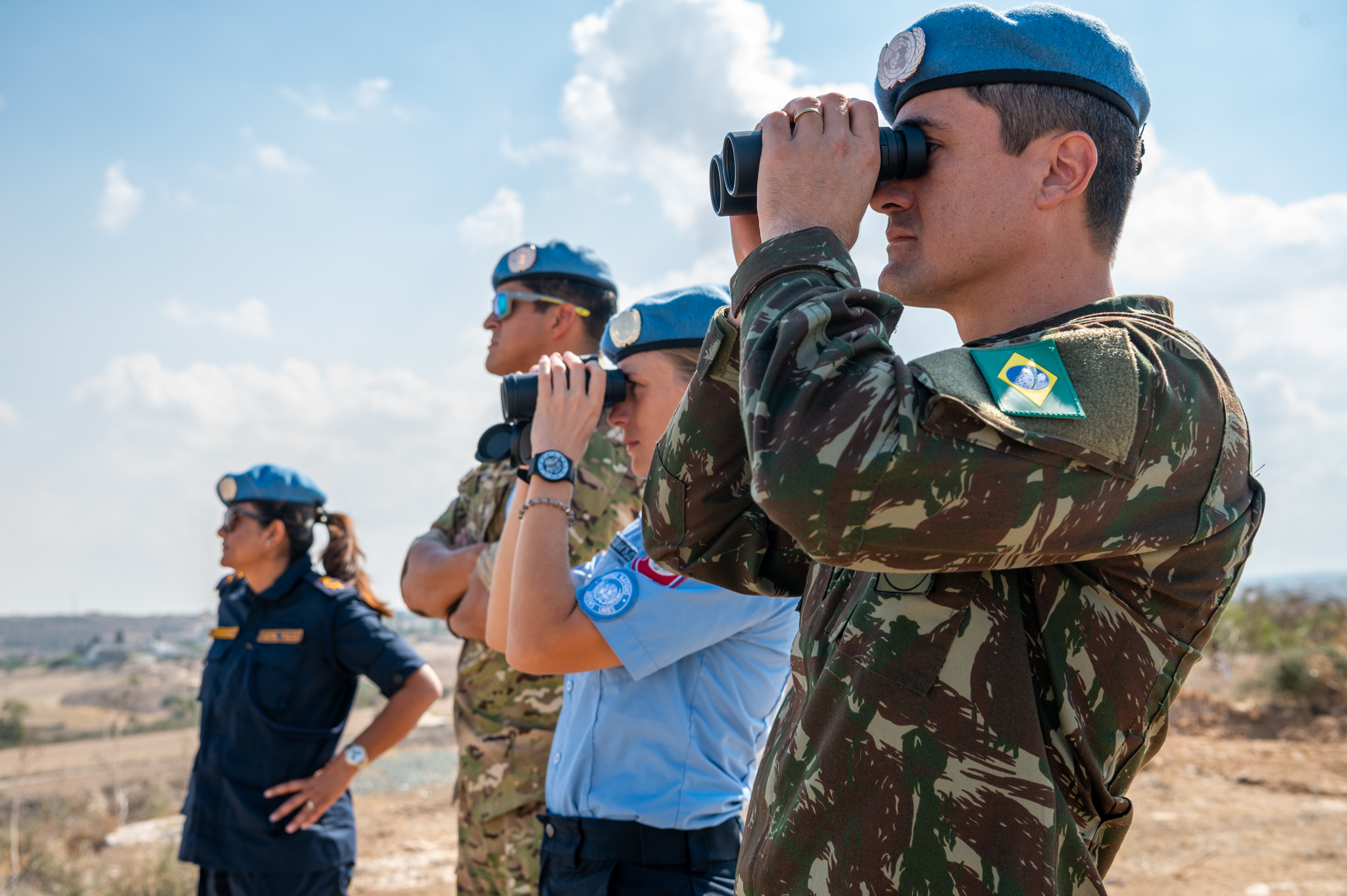
Click here to change your cookie preferences